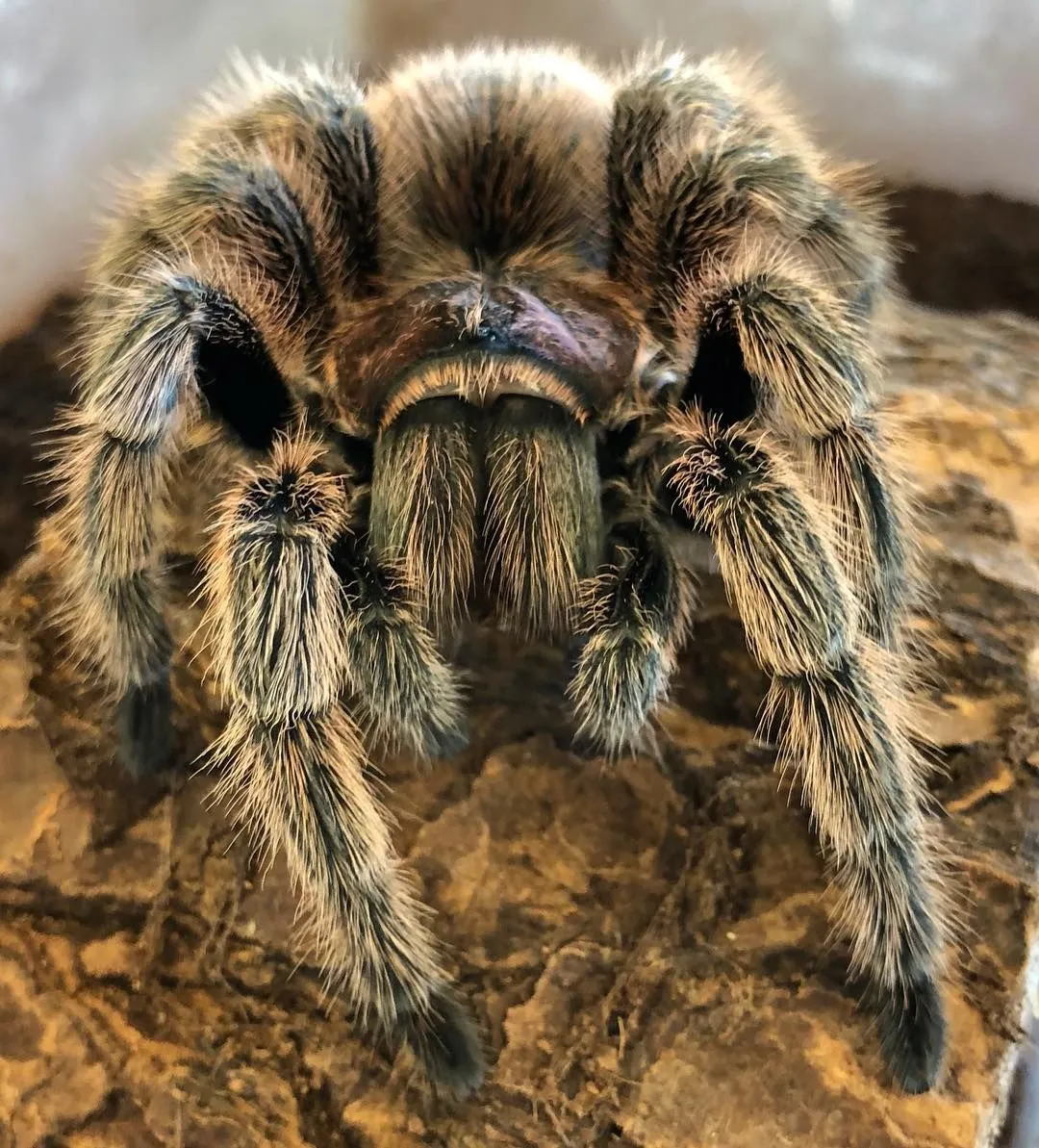What is a Rose Hair Tarantula (Overview)
The Rose Hair Tarantula (Grammostola rosea), also known as the Chilean Rose or Chilean Rose Hair tarantula, is a popular choice for beginner tarantula keepers. Known for their docile temperament and relatively low maintenance needs, these spiders are a fascinating addition to any home. They are native to the deserts of Chile, Bolivia, and Argentina. These terrestrial spiders are generally a reddish-brown color with long hairs covering their body, giving them a somewhat ‘rose’ appearance, especially in good lighting. Understanding their basic characteristics is crucial for providing proper care and ensuring their well-being. They typically live for 5-10 years, sometimes longer, making them a long-term commitment for any pet owner. Before bringing a Rose Hair Tarantula home, be sure you are ready to take care of it for a long time and that you are ready to learn how to take care of it.
Basic Rose Hair Tarantula Care
Caring for a Rose Hair Tarantula involves a few key aspects. The most important is providing an appropriate enclosure, substrate, temperature, and humidity levels. Regular feeding and water supply are crucial to their health. They require a relatively low-maintenance setup compared to other pets, but proper care is essential for their survival. Observing your tarantula’s behavior can help you identify any potential problems early on. These spiders are generally easy to handle, but caution is always needed. Careful consideration of these elements can provide a suitable environment for a long and healthy life of your tarantula.
Enclosure Setup for Your Tarantula
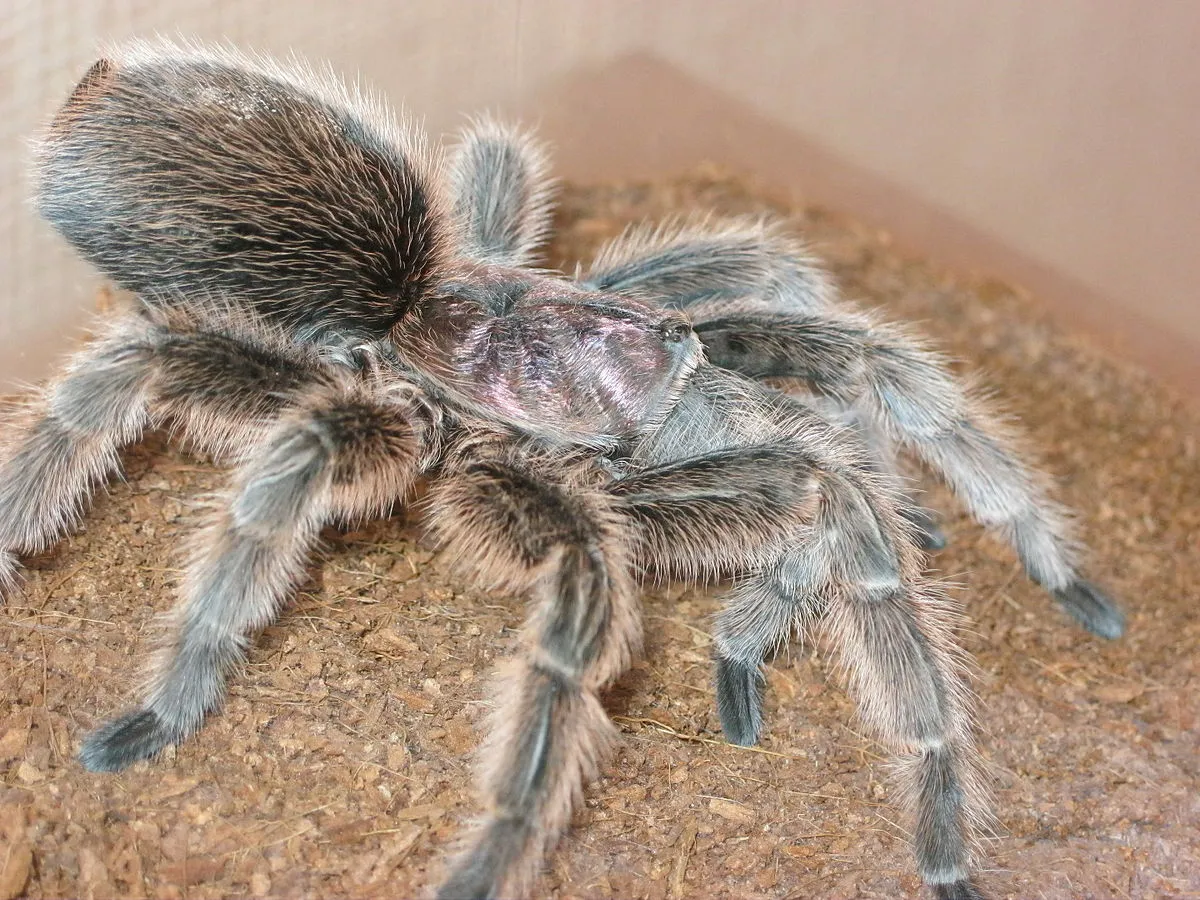
The enclosure is where your Rose Hair Tarantula will spend its life, so choosing the right one is vital. A glass terrarium or a plastic enclosure with good ventilation is recommended. The size of the enclosure depends on the tarantula’s size; a juvenile tarantula can start in a smaller container, but as it grows, it will need more space. The enclosure should be at least three times the tarantula’s leg span in width. Secure lids are necessary to prevent escapes. Make sure to provide enough height to allow for the substrate and any decorations. Ensure the enclosure has good airflow to prevent mold and maintain proper humidity levels. This setup will help ensure the tarantula feels safe, secure, and comfortable in its new home.
Choosing the Right Substrate
The substrate is the bedding material in the enclosure, and it serves several purposes: it provides a place for the tarantula to burrow, helps maintain humidity, and acts as a cushion. For a Rose Hair Tarantula, a substrate that retains moisture but doesn’t get too soggy is ideal. Good options include a mix of coconut fiber, peat moss, and a bit of vermiculite or sphagnum moss. The substrate should be deep enough for the tarantula to burrow, generally 3-4 inches deep. Avoid using sand or gravel, as these can be difficult to burrow in and do not retain moisture well. Regularly replace or spot-clean the substrate to maintain a healthy environment.
Temperature and Humidity
Rose Hair Tarantulas thrive in a temperature range between 70-85°F (21-29°C). A heat mat placed on the side of the enclosure can help maintain this temperature, but avoid placing it directly under the enclosure, which could overheat the tarantula. Humidity levels should be kept between 60-70%. This can be achieved by misting the enclosure lightly with water every few days or providing a water dish. Monitor the humidity levels using a hygrometer. Proper temperature and humidity are critical for the tarantula’s health and well-being, specifically during molting and to prevent dehydration. A dry environment can lead to issues such as difficulty molting.
Feeding Your Rose Hair Tarantula
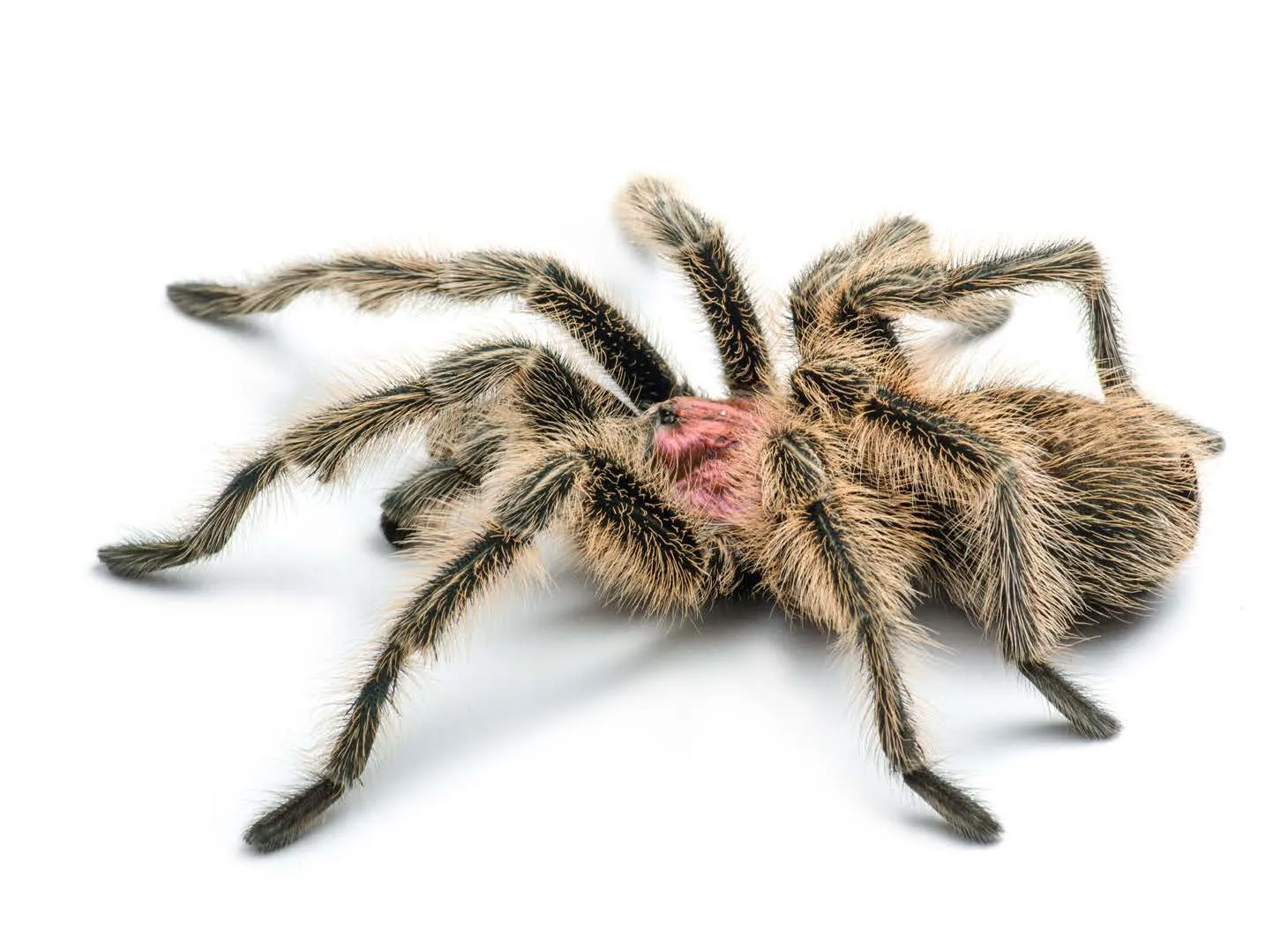
Feeding your Rose Hair Tarantula is a straightforward process. They are primarily insectivores, meaning their diet consists of insects. The type and frequency of feeding depend on the tarantula’s age and size. Always offer prey items that are appropriately sized and never larger than the tarantula’s abdomen. Overfeeding should be avoided. Leftover food should be removed promptly to prevent mold and maintain a clean environment. Water should always be available. The water dish should be shallow to prevent the tarantula from drowning. Regular observation will assist you in creating a diet that will help your tarantula thrive.
What to Feed
The best foods for Rose Hair Tarantulas are live insects, such as crickets, mealworms, and Dubia roaches. Variety in the diet is always a good idea to provide a range of nutrients. Avoid feeding wild-caught insects, as they could carry parasites or pesticides. Dusting the insects with calcium and vitamin supplements is also beneficial, especially for growing tarantulas. Crickets are a common choice because they are easy to obtain, while mealworms are another readily available option. However, be aware that mealworms can burrow, so they should be monitored to ensure your tarantula can find them. Dubia roaches are considered to be a good option, but they can be difficult to obtain depending on location.
How Often to Feed
The frequency of feeding depends on the tarantula’s age. Spiderlings (juvenile tarantulas) should be fed more often, about 2-3 times a week. Adult Rose Hair Tarantulas can be fed once or twice a week. Always monitor your tarantula’s behavior; if it refuses food, it may be preparing to molt. Remove any uneaten food within 24 hours to avoid any issues. Overfeeding can lead to the tarantula becoming overweight and potentially have health issues. You need to adjust the feeding schedule based on your spider’s needs. It’s always better to slightly underfeed than overfeed.
Web Building and Molting
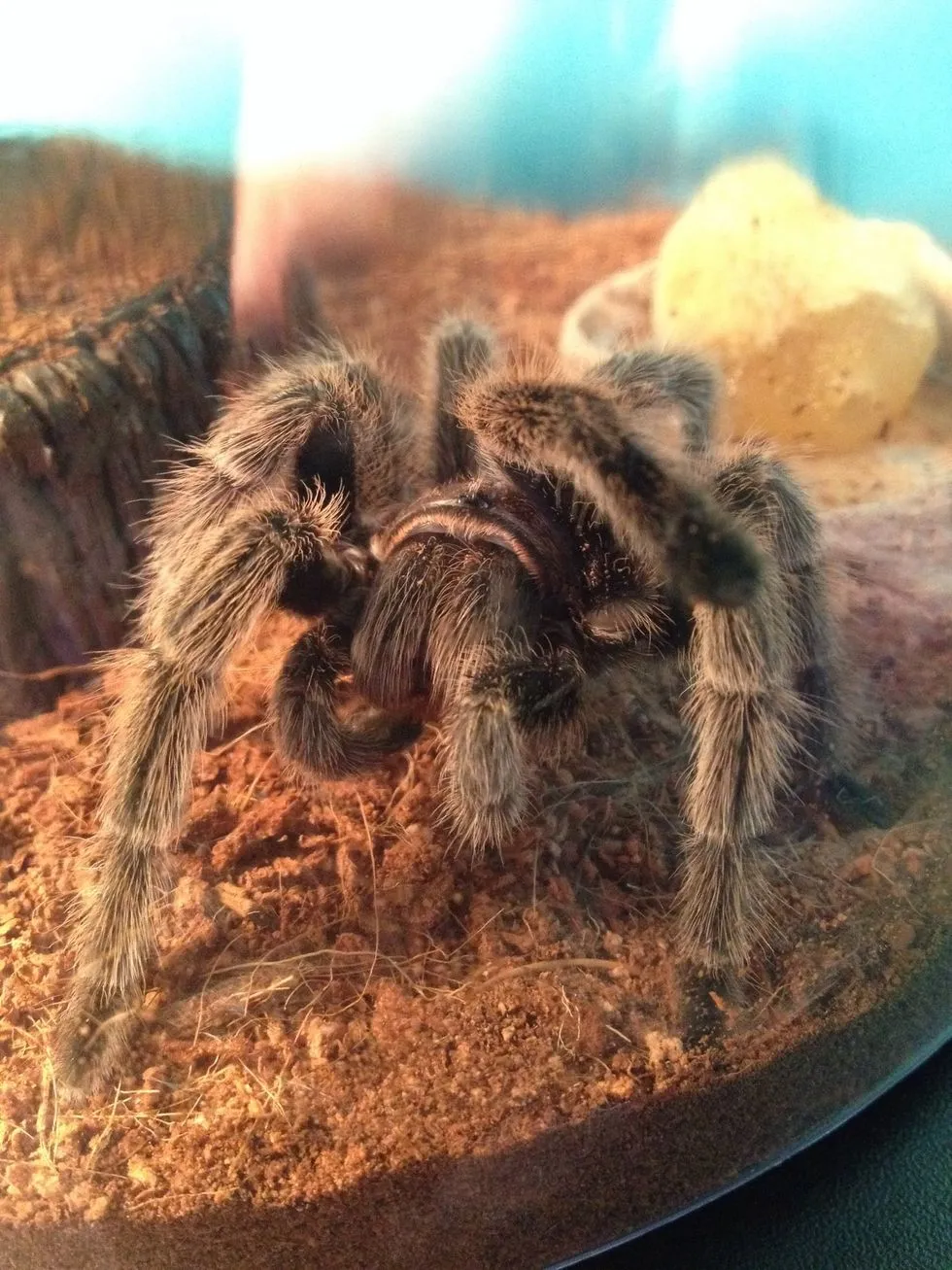
Rose Hair Tarantulas are not prolific web builders compared to some other tarantula species. Their web is mainly used for creating a simple retreat or burrow within their enclosure. Molting is an essential process for tarantulas where they shed their exoskeleton to grow. Understanding these two natural aspects is crucial for the health and care of your tarantula.
Understanding Web Building
Unlike some tarantulas that build elaborate webs to catch prey, Rose Hair Tarantulas use silk primarily to create a burrow or a simple webbed retreat in their enclosure. This web serves as a safe haven and a place to rest. They don’t build extensive webs, therefore, you may not see much webbing at all. They utilize their silk to fortify their burrows and for laying down a base for their molting process. The amount of webbing can vary depending on the individual tarantula and its environment. Providing plenty of substrate can encourage more web building as it gives them material to work with and a secure place to feel safe.
The Molting Process
Molting is the process where the tarantula sheds its exoskeleton to grow. The frequency of molting depends on the tarantula’s age; juveniles molt more often than adults. Before molting, the tarantula may stop eating and become less active. It might also create a webbed mat to lay on during the process. The molting process can take hours or even days. It’s important not to disturb your tarantula during this time. After molting, the tarantula will be soft-bodied for a few days and vulnerable. Do not feed it until its fangs have hardened. The old exoskeleton is usually left behind in the enclosure. Always provide sufficient humidity for this process. Provide a water source for hydration.
Handling and Safety Tips
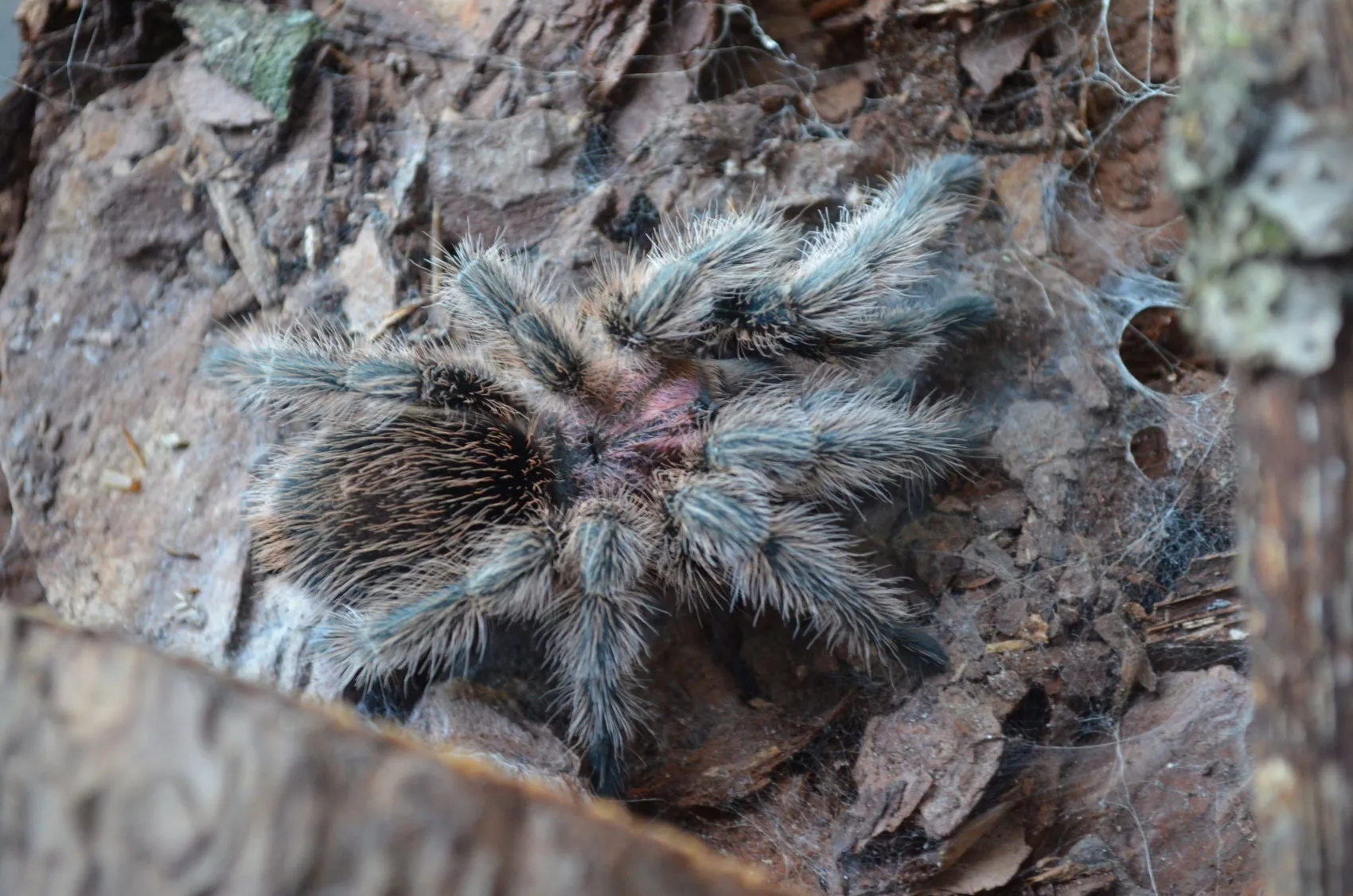
Handling a Rose Hair Tarantula is not generally recommended. These tarantulas are known for their docile nature, but it is always best to avoid unnecessary handling. Tarantulas can be easily injured if dropped and may also bite if they feel threatened. If handling is necessary (for example, to move the tarantula for enclosure cleaning), do so with caution. Always be aware of the tarantula’s behavior and movements. Wash your hands thoroughly before and after handling your tarantula. If bitten, wash the area with soap and water; while the bite is not generally considered venomous to humans, it can still cause local pain. Always respect the tarantula’s space.
Signs of a Healthy Tarantula
Recognizing a healthy Rose Hair Tarantula is crucial for its wellbeing. A healthy tarantula is generally active and alert. They will have a good appetite and show interest in food. The abdomen should be plump, not shrunken or thin. The tarantula should move smoothly and not show any signs of unsteadiness. The fangs should be intact, and the hair on the body should be in good condition, without any bald patches. Regular observation of your tarantula is critical for identifying potential health issues early. A healthy tarantula has a vibrant color and appears alert.
Common Health Issues and Solutions
Like any pet, Rose Hair Tarantulas can experience health problems. Common issues include mites, dehydration, and issues during molting. Mites can be removed by improving the cleanliness of the enclosure. Dehydration can be addressed by ensuring a constant supply of fresh water and maintaining appropriate humidity levels. Difficulties during molting can be resolved by providing proper humidity and avoiding disturbance. If you notice any unusual behavior, consult with a veterinarian or a tarantula expert. Prevention is the best medicine. Maintaining the right environment and careful observation is the best way to keep your tarantula healthy and prevent the majority of health problems. Identifying problems early can make treatment much easier.
Final Thoughts on Rose Hair Tarantula Care
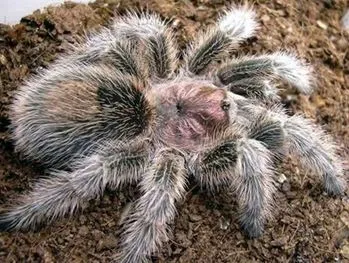
Caring for a Rose Hair Tarantula can be a rewarding experience. By understanding their basic needs – appropriate enclosure, substrate, temperature, humidity, and diet – you can ensure that your pet thrives. Remember, patience, careful observation, and a commitment to providing a suitable environment are key. If you’re considering getting a Rose Hair Tarantula, doing your research and preparing properly are crucial first steps. With proper care, these amazing creatures can bring years of enjoyment to any owner. Embrace this unique pet and its unique characteristics, and be prepared to learn and adapt as you go. Enjoy the journey of caring for your Rose Hair Tarantula, and always remember that their well-being is your responsibility.
